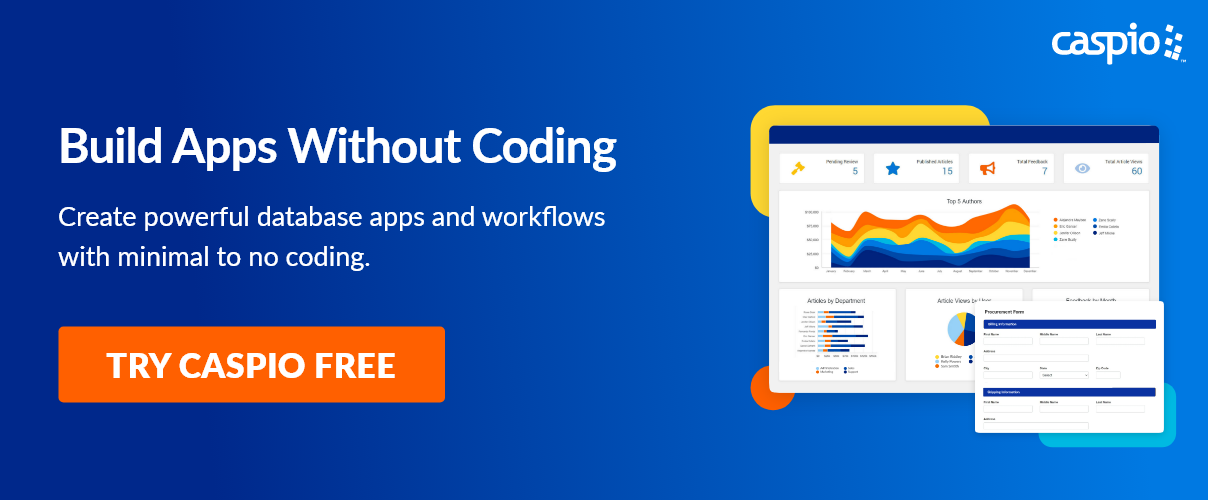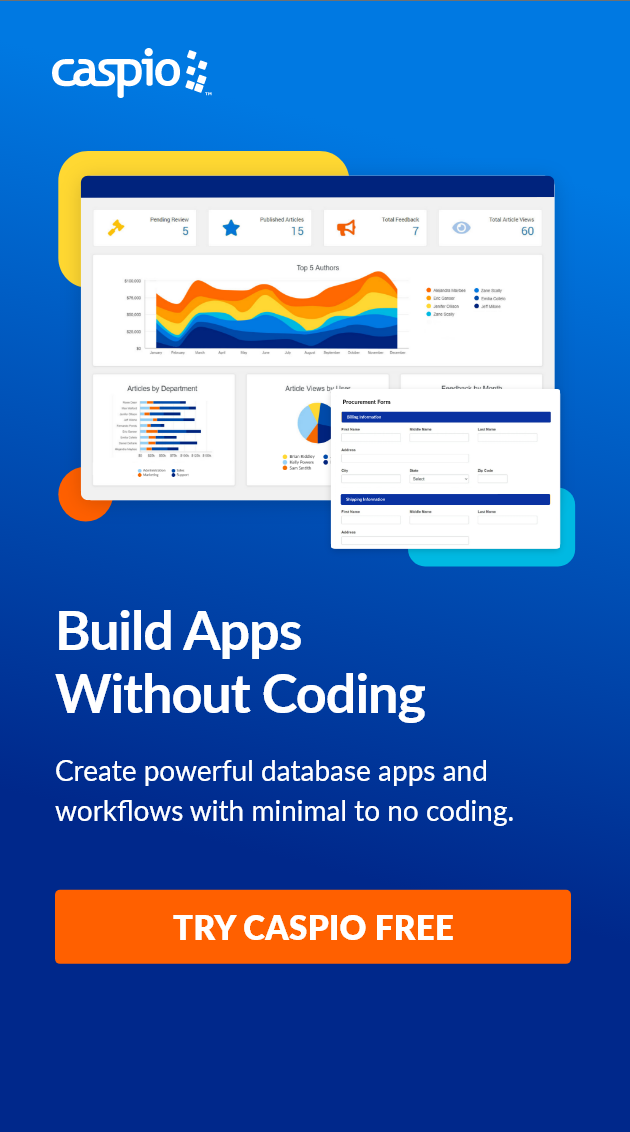When Off-the-Shelf Isn’t Enough: Building Inventory Management Systems That Fit Your Business
November 25, 2025

Most businesses start with off-the-shelf inventory management systems. These platforms are easy to adopt, quick to deploy, and can come preconfigured with features like SKU tracking, stock visibility, reorder alerts, and basic automation.
For companies in early stages of growth, these systems are often the right call.
But as complexity increases, so do the demands on your systems. What used to be “standard” quickly becomes nuanced. New sales channels emerge. Warehouses multiply. Logistics providers vary. Inventory flows grow more dynamic. The prebuilt systems that once supported your business may now struggle to reflect it.
This isn’t about bad software. It’s about business evolution, and the growing mismatch between what your systems were designed to do and what your team now needs them to do.
At this stage, organizations face a strategic choice: continue working around the limitations of off-the-shelf tools or explore building an inventory management system that fits the way the business actually operates.
What Is an Inventory Management System?
An inventory management system (IMS) is software that helps businesses track product quantities, monitor stock movement, automate reorders, and coordinate inventory across multiple locations. These systems provide a centralized view of inventory so teams can reduce errors, optimize fulfillment, and make data-driven decisions.
Inventory management systems vary in structure, from spreadsheet-based tools and entry-level SaaS to ERP-integrated solutions and custom-built platforms. But the objective is always the same: ensure the right stock is in the right place at the right time.
From Standardized to Specialized
Most off-the-shelf inventory systems are built for the broad middle: standardized workflows, centralized fulfillment, and predictable patterns. And to their credit, they perform well within that space. They bring best practices to the table and often include robust support, integrations, and ecosystem benefits.
But even the most feature-rich SaaS platforms must prioritize generalization over specificity. They can’t be everything to everyone.
Over time, growing businesses often encounter limitations like:
- Custom product bundles that don’t align with static item definitions
- New warehouse or fulfillment models that require location-specific logic
- Partner and vendor access that demands nuanced permission controls
- Industry-specific compliance that calls for detailed audit trails and documentation
- Cross-functional workflows that extend beyond the system’s configuration limits
At this point, teams often start building shadow processes: spreadsheets, side systems, manual reconciliations. The once-centralized inventory system becomes a reference point, not a source of truth.
And every workaround carries a cost.
Flexibility as a Strategic Advantage
This is the inflection point where companies shift their mindset.
Instead of asking “Which off-the-shelf product has more features?”, they begin asking “What would our ideal inventory system actually look like?”
That question doesn’t signal failure. It signals maturity.
Because when your business model no longer fits the software, the only viable path forward is a system that conforms to how you operate, not the other way around.
This is where low-code platforms like Caspio provide a meaningful alternative.
Why Low Code for Inventory Management?
Historically, building a custom inventory management system was expensive, slow, and technically intensive. It required full-stack developers, IT oversight, infrastructure provisioning, and ongoing maintenance.
For most mid-sized companies, it wasn’t practical.
But low-code platforms have changed the equation. Caspio, for example, allows teams to build powerful inventory applications without writing custom code. You define your data model, set business rules, automate processes, and control access, all through a visual application builder.
Some of the advantages of this approach include:
- Data modeling flexibility: Design inventory logic based on how your business works, not how the software vendor structured their database.
- Workflow automation: Trigger reorders, send alerts, or update stock levels based on real-world events or thresholds.
- AI-driven insights: Use built-in AI tools to forecast demand, identify stock anomalies, and surface real-time recommendations for smarter decision-making.
- Role-based access: Provide different views and actions for internal teams, external partners, and compliance auditors.
- Scalability without seat fees: Caspio includes unlimited users, so growth doesn’t come with a tax on collaboration.
- Real-time visibility: Use dashboards to track fulfillment, performance, and exceptions across locations and product lines.
- Compliance alignment: Meet industry standards like HIPAA, SOC 2, PCI, or GDPR with built-in security and audit trails.
This is not “reinventing the wheel.” It’s building the wheel that fits your vehicle.
A System That Pays for Itself
Scaling should not come with hidden costs. Many off-the-shelf inventory management tools charge per user or limit critical features to higher pricing tiers. This drives up costs as your team grows or your workflows get more complex.
Caspio offers a different equation:
- No per-seat licensing: Add as many users, partners, or warehouse teams as needed, at no extra cost.
- Faster deployment cycles: Build what you need today and launch in days, not quarters.
- Lower operational overhead: Automate approvals, notifications, and data flows that would otherwise eat up hours of manual work.
Over time, the return compounds, not just in saved costs, but in agility, accuracy, and the confidence to scale on your terms.
Build When the Time Is Right
Of course, not every business needs to build from day one.
If your current inventory system still aligns with your operations, keep it. Caspio’s philosophy has always been simple, if you can buy, buy. But if you must build, build smarter.
The companies who benefit most from low-code inventory management systems tend to share a few traits:
- They’ve outgrown static templates and need a system that mirrors their operational complexity
- They want to avoid long-term technical debt from patching together tools that were never designed to integrate
- They value control and adaptability, and want to iterate their systems as the business evolves
- They’re looking to scale operations without scaling license costs or IT headcount
Caspio helps these teams move forward with confidence, providing the flexibility of custom development without the burden of traditional software engineering.
What Happens When You Build for Fit
Inventory management systems are more than software, they’re operational infrastructure.
When the system fits, everything else flows: fulfillment speeds up, discrepancies drop, compliance gets easier, and teams stop relying on duct tape and workarounds. You regain control.
With Caspio, you don’t just get a platform. You get a partner that enables you to build what your business truly needs, with the governance, support, and scale required by serious teams.
Stop adapting your business to someone else’s system. Build the one that finally fits.















